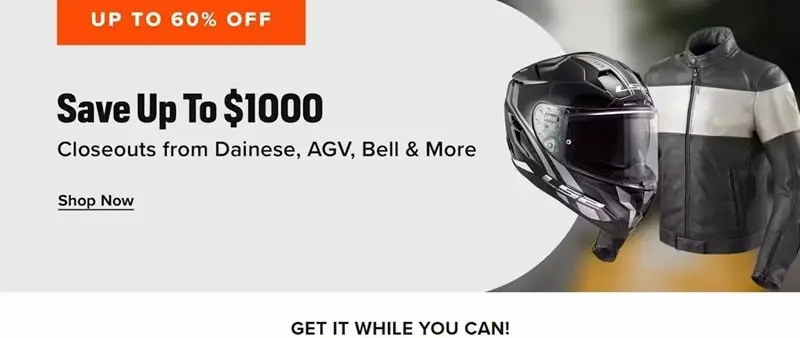Deprecated: mb_convert_encoding(): Handling HTML entities via mbstring is deprecated; use htmlspecialchars, htmlentities, or mb_encode_numericentity/mb_decode_numericentity instead in /home/u598013642/domains/motorcyclegear101.com/public_html/wp-content/themes/acabado/functions.php on line 2160
Deprecated: mb_convert_encoding(): Handling HTML entities via mbstring is deprecated; use htmlspecialchars, htmlentities, or mb_encode_numericentity/mb_decode_numericentity instead in /home/u598013642/domains/motorcyclegear101.com/public_html/wp-content/themes/acabado/functions.php on line 2160
A good motorcycle helmet can mean life or death when it comes to an accident so it’s important you don’t fall for a fake helmet from the beginning.
Everyone likes a bargain right? I saw a Shoei helmet on a popular auction website recently, it was a bargain at under $100. As my mother used to say sometimes a bargain is just a little bit too good to be true, and hers why.
Unfortunately not everything you buy on the Internet is as it seems and the helmet I saw definitely was what I call a genuine fake but how can you spot a fake helmet online?
Use A DOT Or Snell Helmet
When you’re buying a new motorcycle helmet you’re looking for the DOT or Snell mark which means that the helmet has been tested and certified in a particular country for the market that it’s being distributed to. You would normally find a small label on the chin strap with the e-mark on it and then the number.
If you cannot find the correct DOT or Snell markings it is not safe, it’s not been tested so you don’t really know the performance of the helmet.
On the inside of the helmet, there is the EPS layer which is the polystyrene foam and protection, it should have multi-density multi-layers whereas most fake helmets have one single piece of standard polystyrene foam.
If the helmet has vents at the front like the Shoei I was looking at there should also be vents at the back, the fake one didn’t. With a genuine Shoei patented technology the air is supposed to be able to come through the front vents and go through to your head with the exhaust ports on the back.
The majority of the Shoei range comes with an emergency quick-release system so that if you had an accident paramedics or emergency services can remove the helmet from a rider’s head without causing an additional neck injury.
You can do this on the Shoei models by pulling on the red tab and the cheeks padding comes out and you can remove the helmet with no extra strain, the fake Shoei didn’t have one
One of the most obvious things to look at is the helmet paintwork. On the fake Shoei, I could see the quality of the paintwork was less than satisfactory. At the back of the helmet where the design had been, there was overlap so you’ve got different consistencies of lines.
On the side of the helmet the Chevy logo didn’t look correct, the letters E and I were not lined up with the rest of the logo, these are obviously small differences.
The main point of this is the safety of the helmet but this gives you an indication of the fact that the helmet is not a genuine article. The main one that stuck out a mile was the overall look of the graphic.
The high quality of the paintwork on the Shoei is of high caliber. Technicians are trained for two years at Shoei so these guys know what they are doing.
In Conclusion.
- A motorcycle helmet is a one crash helmet never to be used again.
- Don’t buy a fake helmet
If you’ve bought a helmet and you’re not sure when it arrives if it is a genuine or a fake you can always tell from the inside first. You’re looking for the Emark on the strap and then if you take out the crown liner on the underside of the shell you’ll see two stickers.
One states that the helmet is distributed and imported by the distributor and the second one is a brand sticker telling you who’s inspected the helmet on the final inspection.
If you purchase a helmet always purchase from a reputable distributor, you may not have got the best bargain but you can never be sure that it’s even safe.

